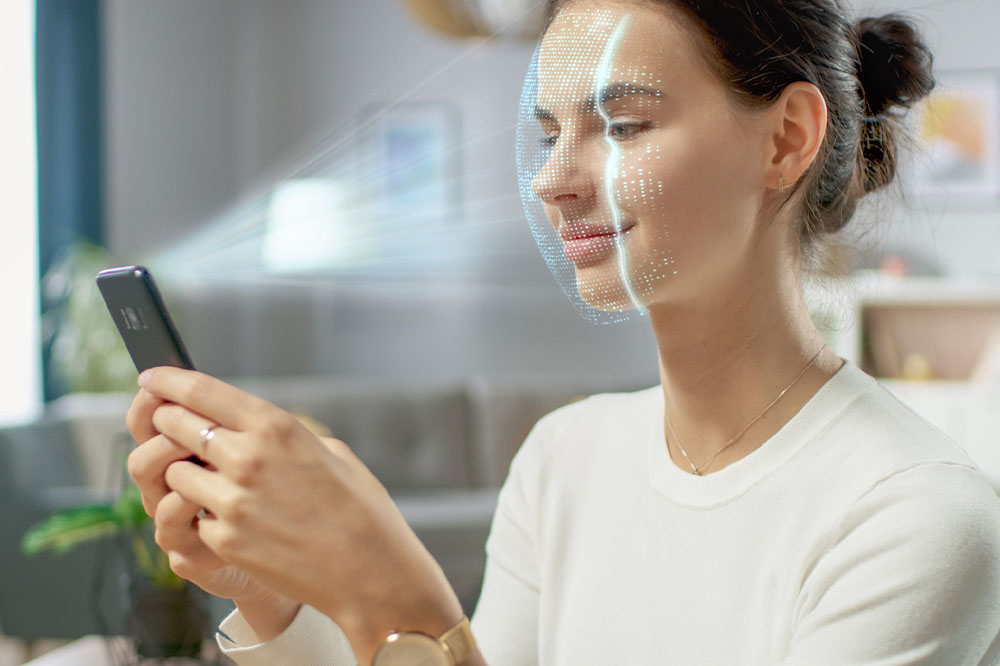
The types and advantages of biometric systems
Biometrics are an essential part of modern-day life. Whether it’s the corporate sector or smartphones, biometric monitors and accessories are present everywhere. Such a system ensures that the right person gets access to any vital machine or data through fingerprints, facial images, and iris or voice recognition. As this technology progresses, the biometric system is being introduced extensively to protect and safeguard human life. Read on to know more about biometrics and their benefits.
While there are multiple ways of biometric authentication, the most common types of biometric identifiers are voice, iris, fingerprint, facial, and palm patterns. There can be two main types of biometrics – physiological biometrics and behavioral biometrics.
Physiological biometrics
It is the most common biometric system used nowadays to ensure the authenticity of a person. A physiological trait or a specific pattern on a person’s body is scanned through biometric devices like fingerprint or iris scanners to deliver the data. Some physiological biometrics include.
Fingerprints: This identification method is the most convenient for users. It is nowadays present in mobile devices too.
Facial recognition: It is another significant security measure to determine the identity of an individual using their face.
Retina scanning: An authorized device will inspect the retinal structure or iris pattern to match it with an authentic user profile.
Voice recognition: Voice recognition is considered a top-level security measure to restrict any unwanted access.
Behavioral biometrics
Behavioral biometrics include diverse pattern identifications like typing rhythm, walking gait, gestures, written text, geo-location, purchasing habits, etc. This type of data is typically encrypted. One may however need software for analysis, but behavioral biometrics data can often be gathered with current hardware. This is why it is a simpler and cheaper alternative to implement.
The advantages of biometrics
Biometric devices can be seen almost everywhere these days. This is mainly due to their numerous benefits in restricting access. Listed below are a few advantages.
Enhanced security and assurance
Biometrics deploy an extra level of security. Fraudsters can access user passwords and personal identifying information without a biometric system. When biometric technology is introduced, only an authentic person can access the file without compromising the data.
Convenient user experience
The end-user experience is smooth and hassle-free in most biometric devices. Depending on the type of device used, you mostly have to place your finger on the scanner and unlock your account. It can be said that biometrics are more convenient as they employ features that are unique to each individual, like fingerprints. When you deploy biometric technology to safeguard your data using face patterns, fingerprints, and iris scanning, it would be impossible to replicate the same with current technology. There’s one in 64 billion chances that you can match your fingerprints with others.
Non-transferable
Another excellent feature of biometrics is its non-transferable capacity. It means you can’t share or transfer a physical biometric over the Internet. The concerned persons must be present to authorize any access.
Biometric as a Service
To stay ahead in today’s fast-driven market, it is critical to tackle fraud and streamline customer service via reliable processes. That is where Biometrics as a Service (BaaS) comes into play. It is a technology-based approach wherein SaaS (Software as a service, which means that software can be used via an online subscription) methodologies are used to enable biometrics recognition over the Cloud and extend it as a service. BaaS can be applied in the workplace in these ways:
- Accessing control and securing the workplace from any risk are two major benefits. Companies are increasingly using BaaS to ensure overall capability.
- BaaS helps large organizations to effectively track employee attendance and time. Traditional biometric systems will not be able to track all these together.
- Companies nowadays use biometric screening to collect employee height, BMI, blood sugar and glucose, and cholesterol. The data can be used to implement suitable wellness programs. Thus, employees can reduce potential health risks.
- BaaS helps secure Know Your Customer data through the online biometric procedure, which supports telecommunication services, financial sectors, and many others.
BaaS also sends a notification if there is a need for system repair and services. It is a significant feature of this technology so that you don’t miss tracking your employees and encounter any lags. In most cases of repair and service, you have to contact a third-party biometric service provider.
The demand for biometric monitors and accessories is rising day by day. A contributor to this has been the growing incidents of data theft. From homes to large tech companies, biometrics are becoming an indispensable part of our lives.




